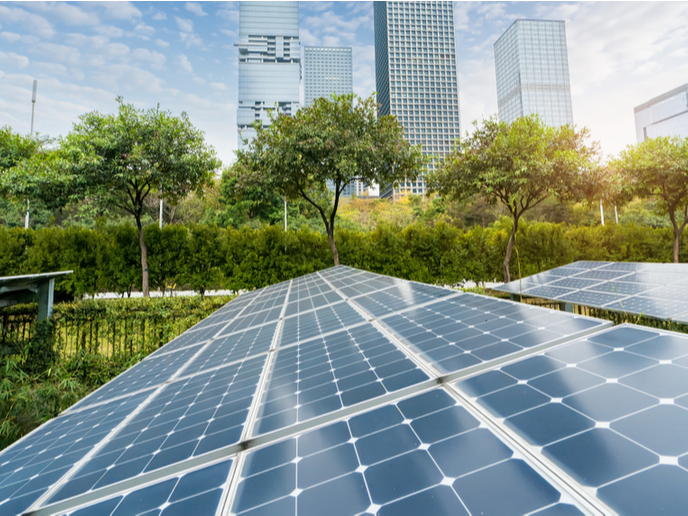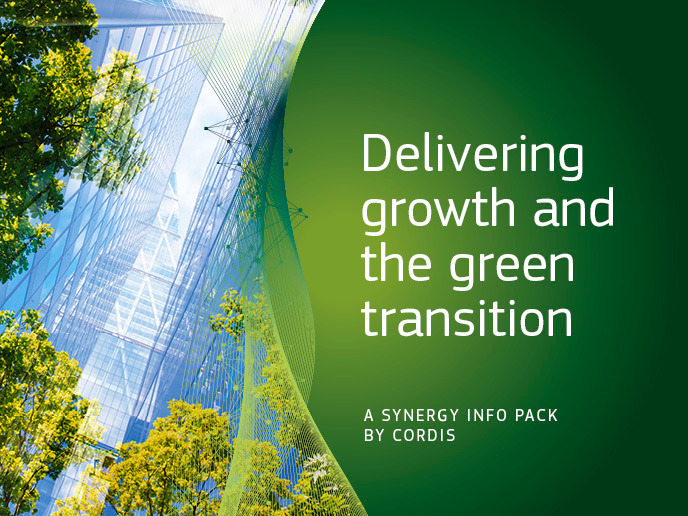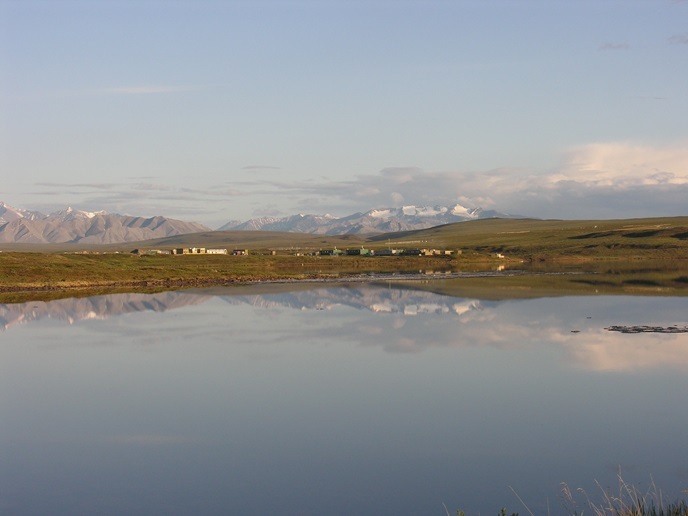Role of the ocean's surface in climate change
The 'Air-sea fluxes of climatically relevant gases in the marine atmospheric boundary layer' (AIRSEA) project studied the atmosphere and ocean as a coupled system. The aim was to determine the processes that control the air–sea fluxes of GHGs, particularly carbon dioxide (CO2). AIRSEA members took measurements of ocean turbulence below the air–sea interface, and measured the fluxes of CO2 above it. Recently developed trace gas analyser (TGA) technology was used to compare the magnitude of fluxes in coastal regions with data taken from the open ocean. Wind speed alone cannot adequately describe exchanges between the air and sea. Therefore, the consortium used the ultrasonic ranging device aboard research vessels to conduct field measurements in the North Atlantic for eddy covariance flux measurements of heat and gas. An air–sea interaction profiler (ASIP) was equipped with high-resolution sensors for measuring temperature, salinity, light, oxygen and turbulence and studying the upper ocean microstructure. The measurements were related to atmospheric effects such as wind and gas transfer that were in turn related to physical aspects of the upper ocean. An ultrasonic altimeter situated on the ship's bow and an inertial motion unit were used to measure the ocean surface waves. Results from the AIRSEA study into the processes governing air–sea exchange showed that turbulence at the ocean surface can be successfully modelled. Project outcomes will optimise the development of computer models and enhance our understanding of the role of oceans in the uptake of GHGs.







